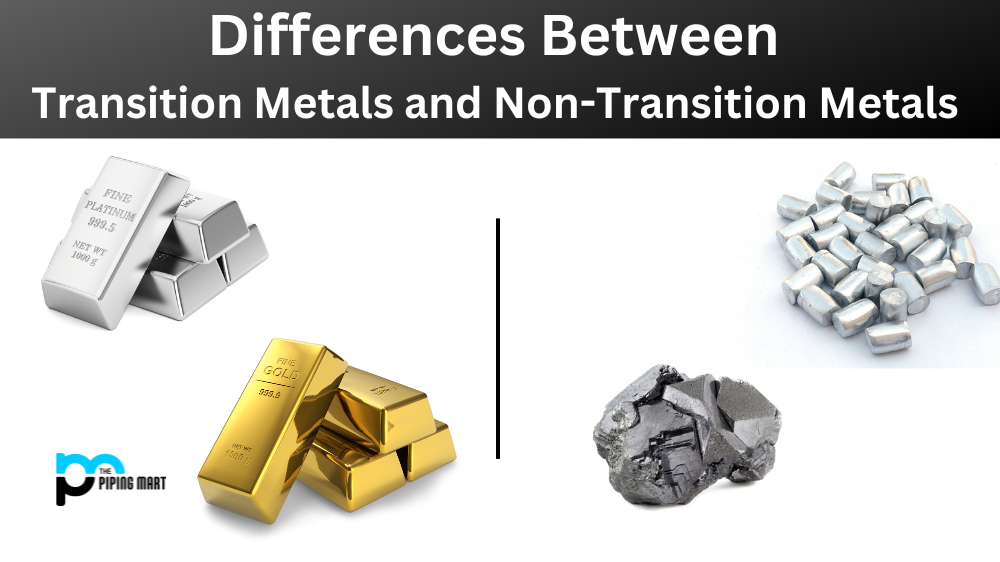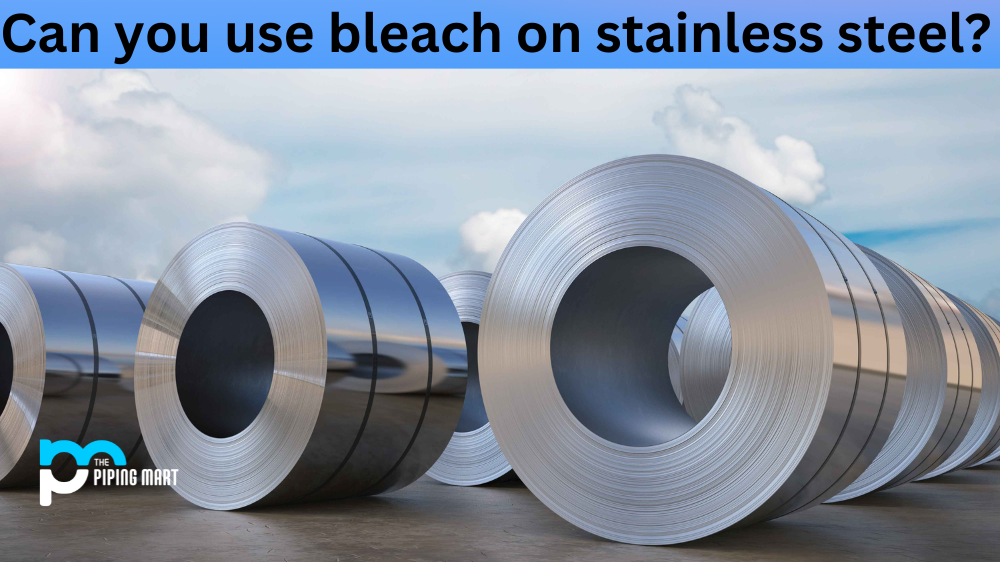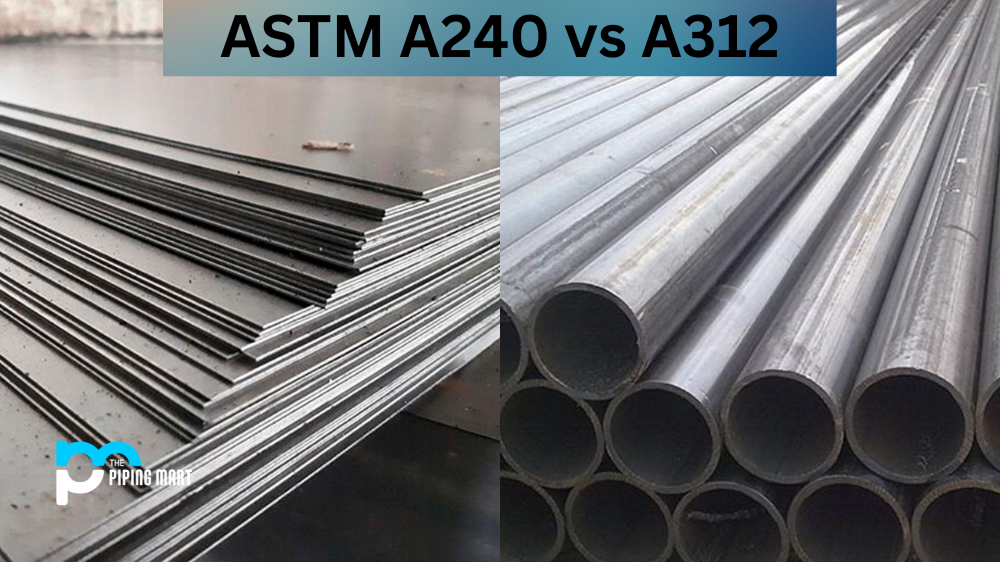When it comes to metals, there are two main categories – transition metals and non-transition metals. These two types of metals have different properties and use, so it’s essential to understand the differences between them. In this blog post, we’ll look at why copper is a transition metal and zinc is not, as well as how these two types of metals differ from each other.
What is Transition Metal?
A transition metal is an element that has partially filled d orbitals in its atom. Transition metals are also called d-block elements because they occupy the d-block on the periodic table. They have many unique properties due to their d orbitals, such as higher melting points and lower electronegativity than non-transition metals. Examples of transition metals include iron, nickel, cobalt, silver, gold, and copper.
What is Non-Transition Metals?
The non-transition metals are a group of elements found in the d-block of the periodic table. Since these elements do not exhibit the same sort of behaviors as transition metals, they are often labeled as ‘other’ or ‘non-transition’ metals. Non-transition metals include Group 2A and 10A elements such as beryllium, magnesium, aluminum, lead, and tin. These elements demonstrate different properties from transition metals; for instance, they generally form more covalent bonds than ionic ones. They also have higher melting points and densities than their transition metal counterparts. These characteristics make them beneficial for a variety of uses such as automobile bodies and construction materials.
Non-Transition Metals vs Transition Metals
Transition metals are elements that have partially filled d-orbital energy levels in the outermost electron shell. This unique configuration grants them versatile properties, such as malleability and high melting points, making them indispensable to industrial applications. However, non-transition metals also play an important role in industries around the world. Non-transition metals may lack the malleability of their transition counterparts, but they make up for it with their affordability, abundance, and excellent conductive properties. As a result, you can find both types of metals being used in various markets from automotive manufacturing to jewelry crafting. While each has its own shortcomings and strengths, these two groups of elements are both products of remarkable innovation and hard work which have helped to shape our society into what it is today.
- Non-transition metals are found in groups 1 and 2 of the periodic table, while transition metals are found in groups 3 through 12.
- Non-transition metals are less reactive than transition metals.
- Non-transition metals generally have lower melting and boiling points than transition metals.
- Transition metals can form alloys with other elements, while non-transition metals generally cannot.
- Transition metals typically have more than one oxidation state, while non-transition metals typically have only one.
- Non-transition metals are located on the left side of the periodic table, while transition metals are located on the right side of the periodic table.
- Transition metals are harder and denser than non-transition metals.
Why copper considered a transition metal ?
Copper is a transition metal because it has partially filled d orbitals in its atom. Its electron configuration is 3d10 4s1 4p6 5s2 5p3 6s2 6p3 7s2 7p1, which shows that it has one unpaired electron in its outer shell (the s orbital). This means that the copper atom can form strong bonds with other atoms and molecules, making it very useful for many applications, such as electrical wiring.
Why is zinc not a transition metal?
Zinc metal does not meet the requirements for being classified as a transition metal because its electron configuration consists of only 2 electrons in its outer shell (the s orbital). This means that zinc cannot form strong bonds with other atoms and molecules like copper can. As such, zinc cannot be used for the same applications as copper or other transition metals can be used; instead, it finds use mainly in galvanizing steel or making alloys with other materials.
Conclusion:
In summary, copper is classified as a transition metal, while zinc isn’t because of its different electron configurations. The fact that copper has partially filled d orbitals gives it unique properties compared to non-transition metals like zinc which lack these properties. Understanding the differences between these two types of metals can help you make informed decisions when choosing materials for projects or products. Intended Audience: Chemistry students and material scientists interested in learning more about the differences between transition and non-transition metals.

Pipingmart is a B2B portal that specializes in metal, industrial and piping items. Additionally, we share the latest information and information about materials, products and various types of grades to assist businesses that are involved in this business.




